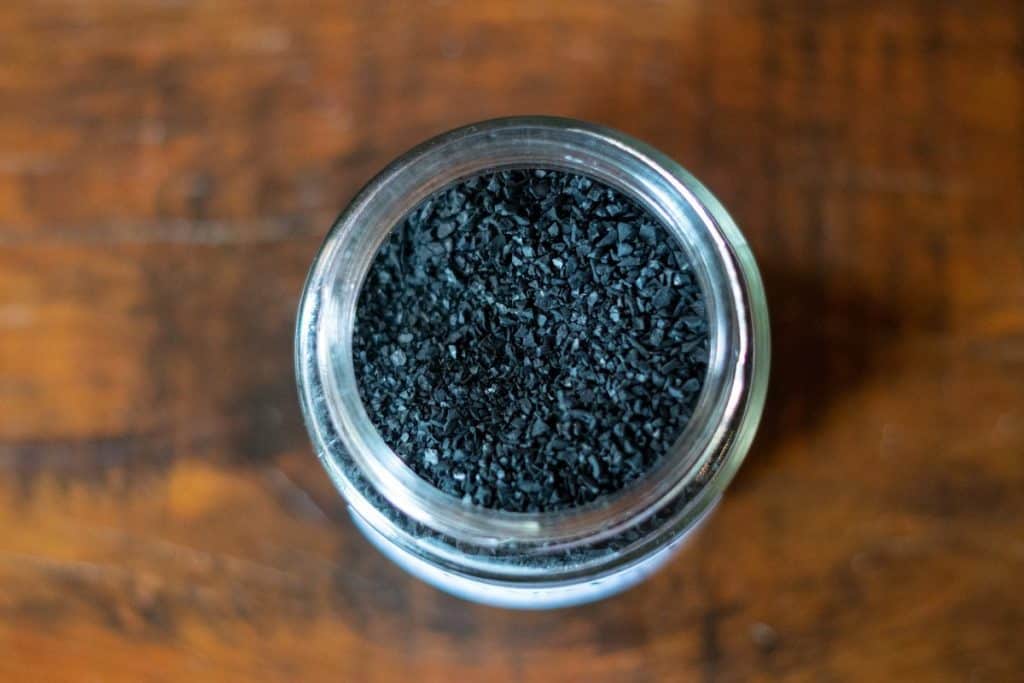Activated carbon has many applications, in medicine, cosmetics, and household use. Whitens teeth, prevents diarrhea, helps remove blackheads and acne, cleans hair…
Activated carbon is a black, odorless powder that has been used since ancient times to detoxify the body because it has a strong ability to bind toxins and toxic substances, writes 24 hours.
![]()
The properties of activated and ordinary charcoal are almost identical, the only difference is that activated charcoal is used exclusively for medical use. During manufacturing, activated carbon is heated with a gas that causes the carbon to expand, creating a porous surface that has the ability to trap toxins.
Activated carbon has many applications, in medicine, cosmetics, and household use. Its porous structure absorbs toxins better and thus prevents them from entering the body, so doctors often use it to alleviate the effects of poisoning or drug overdose.
However, activated charcoal is not effective in all cases of poisoning. Some studies have shown that it has no effect in poisoning with alcohol, heavy metals, iron, lithium, potassium, acids or alkalis.
It relieves diarrhea and binds toxins
One of the most common uses of activated charcoal is to treat diarrhea and alleviate the effects of consuming spoiled or toxic food. Activated charcoal binds to itself all toxins and poisons, and does not neutralize stomach acid.
Reduces gas
Activated charcoal can be very effective for reducing gas, especially after eating foods such as beans. It can also reduce nausea, but use it only occasionally
Whitens teeth
Activated charcoal has a negative electrical charge that helps it attract toxins and free radicals that have a positive charge. It also attracts and binds small plaque particles found on the teeth, which explains its teeth whitening effect. Activated charcoal is now added to many toothpastes and powders.
It relieves itching and rashes caused by insect bites
If you’ve been stung by a bee or mosquito and you don’t have any ointment to relieve the itch, don’t panic. Since activated charcoal binds poisons and allergens, it can serve as first aid for people in these situations, until you find the right cream or help.
Take the powder from one capsule of activated charcoal and mix it with half a tablespoon of coconut oil. Apply the mixture to the affected area every 30 minutes until the itching subsides.
It helps to remove blackheads and acne
Activated charcoal binds to bacteria, dirt and toxins that we all carry on our skin and that cause blackheads and acne. There are a number of skin care products that contain activated charcoal, and you can also try making your own activated charcoal face mask.
Mix half a teaspoon of activated charcoal with 2 teaspoons of water. Apply the solution to your face using a makeup brush. Let it dry until completely matte, then rinse with water. Another recipe for a face mask suggests mixing the powder from one capsule of activated charcoal with 2 teaspoons of aloe vera gel.
Peeling
Peeling is a great way to quickly achieve radiant, smooth and rested skin. If your skin is flaky in winter due to the dry air in heated rooms, an activated charcoal scrub will remove dead skin cells and flaky areas.
Crush a handful of salt or sugar (in a mortar or with a roller over a cloth) and mix them with a teaspoon of natural oil (olive, almond or apricot) and two crushed activated charcoal tablets. Gently massage the face with the scrub, and you can also use it on the whole body if you feel it is necessary.
Cleans hair
Due to dirt and product residue build-up, hair can look greasy and lifeless. Activated carbon absorbs all the dirt and toxins from the hair and scalp and helps to separate them from the hair and scalp so that all the dirt can be washed off more easily.
Mix one teaspoon of activated charcoal powder, 2 tablespoons of shampoo with natural ingredients and half a cup of warm water. Apply the mixture like regular shampoo to wet hair, then rinse with water. Be careful: activated charcoal can stain your hair, so it’s best to test this recipe on a hidden strand first.
For mold
There are a wide range of chemical products that can help people get rid of mold, but if you don’t want to use chemicals, there are also natural remedies.
Along with tea tree oil, baking powder and apple cider vinegar, activated charcoal has a strong anti-fungal effect. You should mix half a cup of powdered activated carbon with one cup of water and apply the resulting paste on the moldy area. Let it stand for 10 to 20 minutes, and then the area should be washed with water.
Track N1 via Android apps | iPhone/iPad and social networks Twitter | Facebook | Instagram.

